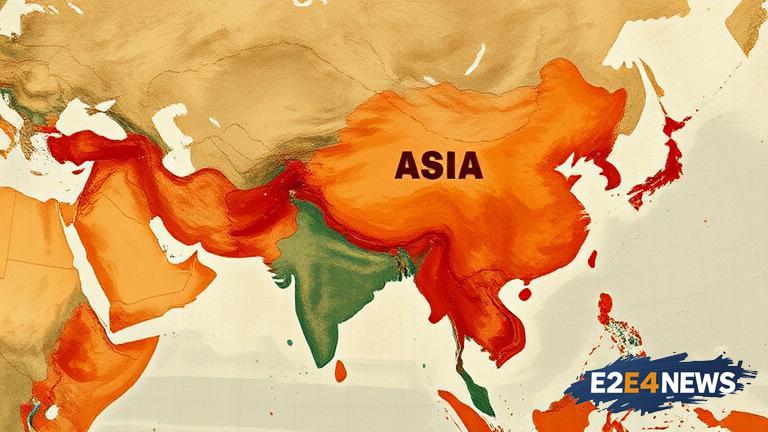Asia, which covers about 30% of the Earth’s land area, is home to more than 4.5 billion people, accounting for around 60% of the world’s population. Despite its massive size and population, the continent is often regarded as the most backward in terms of economic development, infrastructure, and human development indices. One of the primary reasons for this paradox is the vast disparities in economic development among Asian countries. While countries like Japan, South Korea, and Singapore have achieved remarkable economic success, others like Afghanistan, Nepal, and Cambodia continue to struggle with poverty and underdevelopment. The lack of infrastructure, particularly in rural areas, is another significant challenge facing the continent. Many Asian countries have inadequate transportation networks, limited access to electricity, and poor communication systems, which hinder economic growth and development. Corruption is also a pervasive issue in many Asian countries, with corrupt practices and cronyism undermining the rule of law and discouraging foreign investment. Furthermore, the continent is home to some of the world’s most populous and polluted cities, with air and water pollution posing significant health risks to residents. Climate change is also having a devastating impact on Asia, with rising temperatures, more frequent natural disasters, and changing weather patterns affecting agricultural productivity and food security. In addition, the continent is facing a significant challenge in terms of human development, with many countries struggling to provide quality education, healthcare, and social services to their citizens. The lack of access to education and healthcare is particularly pronounced in rural areas, where many communities are isolated and disadvantaged. Despite these challenges, there are many success stories in Asia, with countries like China, India, and Vietnam achieving rapid economic growth and poverty reduction. These countries have invested heavily in infrastructure development, human capital, and innovation, which has enabled them to leapfrog traditional development stages and become major players in the global economy. However, the benefits of economic growth have not been evenly distributed, with many people in these countries still living in poverty and lacking access to basic services. To address the paradox of Asia, it is essential to adopt a comprehensive and sustainable development approach that prioritizes human development, infrastructure development, and environmental protection. This requires strong leadership, good governance, and collaboration among governments, civil society, and the private sector. It also requires significant investments in education, healthcare, and social services, as well as in infrastructure development, particularly in rural areas. Moreover, it is crucial to address the issue of corruption and ensure that economic growth is inclusive and sustainable. By working together, Asian countries can overcome the challenges they face and achieve a more prosperous and equitable future for all their citizens. The continent has the potential to become a major driver of global growth and development, but it requires a concerted effort to address the paradox of being the largest yet most backward continent. In conclusion, the paradox of Asia is a complex and multifaceted issue that requires a comprehensive and sustainable development approach. By prioritizing human development, infrastructure development, and environmental protection, Asian countries can overcome the challenges they face and achieve a more prosperous and equitable future. The continent has the potential to become a major driver of global growth and development, and it is essential to work together to realize this potential. With its vast size, population, and economic potential, Asia can play a significant role in shaping the future of the world, but it must first address the paradox of being the largest yet most backward continent.
